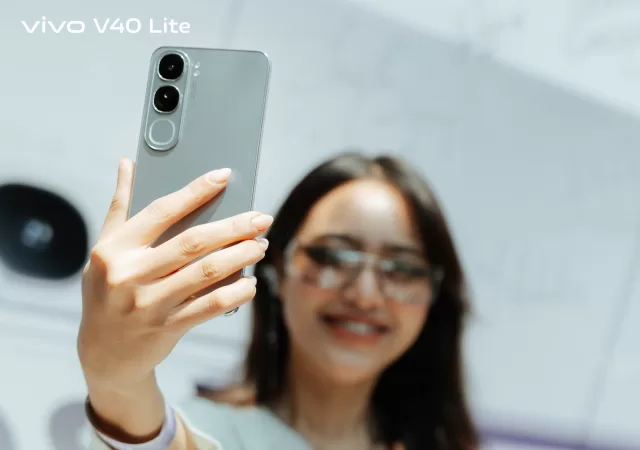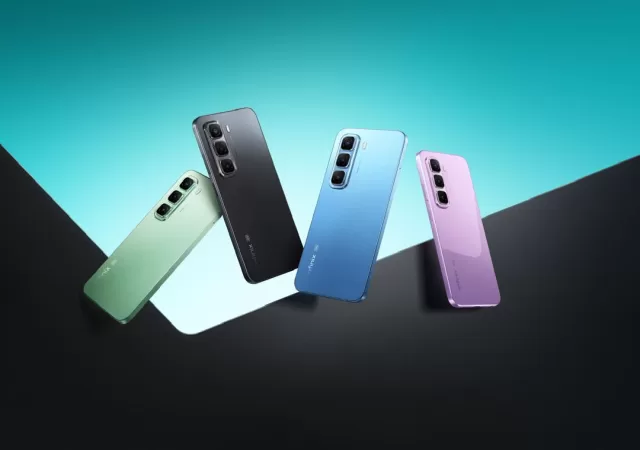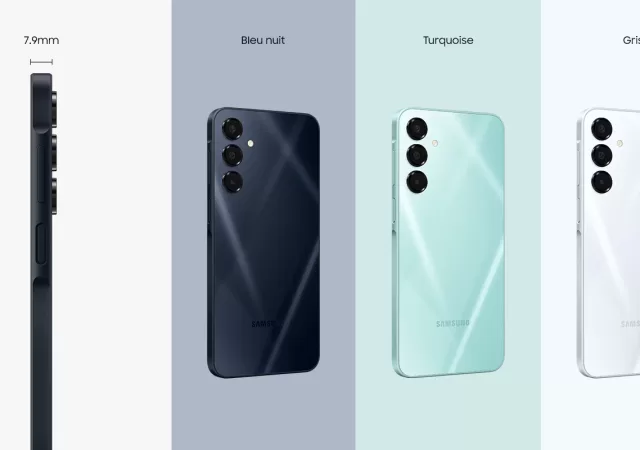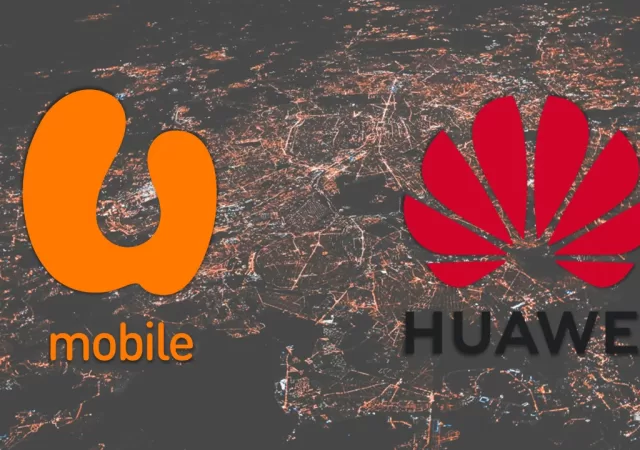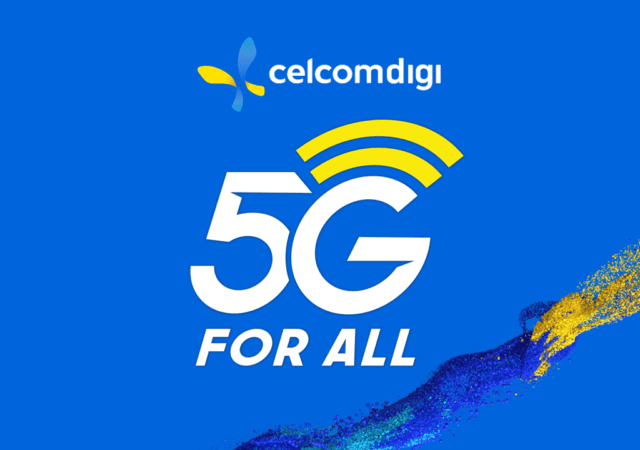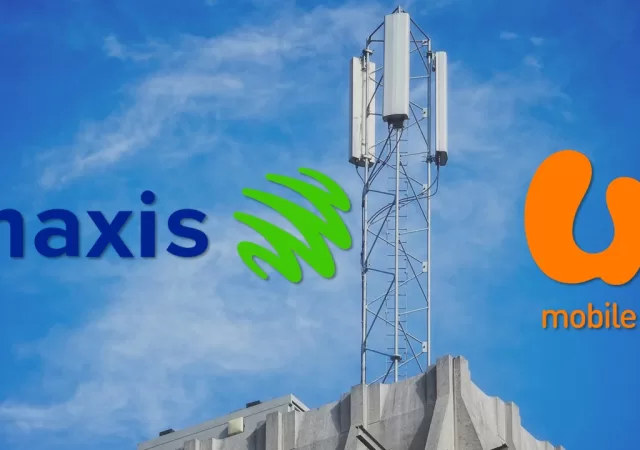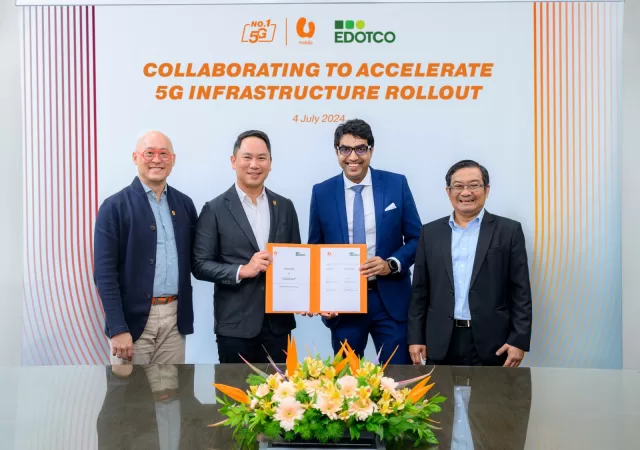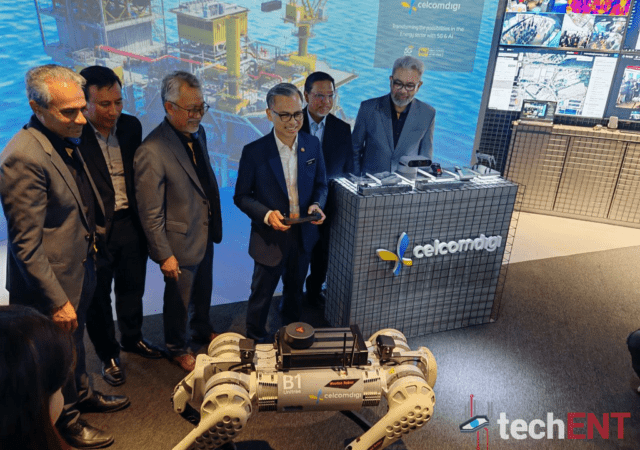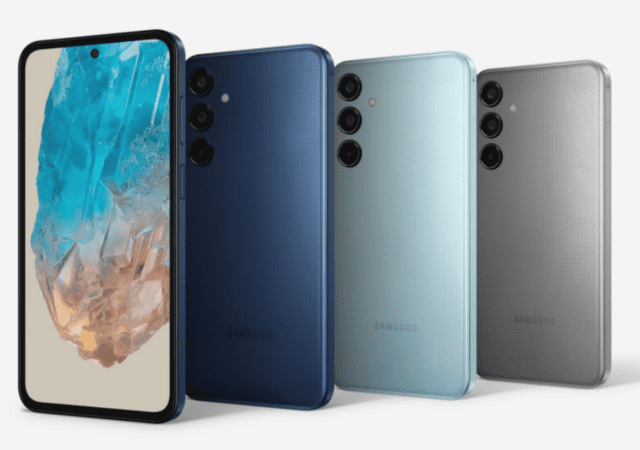vivo releases its new affordable smartphone – the vivo v40 lite 5G that comes with a four year warranty and promise for smoothness.
Infinix HOT 50 5G Heats Up the Entry-Level Smartphone Market
Infinix is gunning for gold with the feature packed HOT 50 5G that comes with impressive specifications for an entry level device.
Samsung Galaxy A16 5G: Unveiled (Sort Of) with Extensive Software Support
It seems Samsung might have accidentally jumped the gun on the official announcement of the Galaxy A16 5G. While there hasn’t been a formal unveiling yet, details about the phone have surfaced on the Samsung Netherlands website. This budget-friendly smartphone…
U Mobile and Huawei Strengthen Partnership for Enhanced 5G Network
U Mobile and Huawei sign a Memorandum of Understanding (MoU) that strengthens the collaboration between the two companies in delivering and innovating 5G connectivity.
CelcomDigi Achieves Significant Milestone in Network Modernization Efforts
CelcomDigi’s network modernization efforts achieve a significant milestone after only 1 year empowering customers with world class 4G and 5G.
Malaysia’s Telco Landscape in Flux: Is Maxis Eyes U Mobile Buyout?
Maxis Bhd is potentially eyeing a buyout of U Mobile to consolidate its efforts to become Malaysia’s largest telco.
U Mobile and EDOTCO Join Forces to Accelerate Malaysia’s Second 5G Network Rollout
U Mobile and EDOTCO sign a memorandum of understanding to accelerate establishing Malaysia’s second 5G network.
CelcomDigi Launches All New AI Experience Center
CelcomDigi launches its new AI experience Center (AiX) in CelcomDigi Hub in Subang Jaya’s Hi-Tech Park. The new center looks to spur innovation and collaboration.
U Mobile Celebrates Kaamatan with Free 5G Bus and Exciting Activities
U Mobile celebrates the festival of Kaamatan with Cara U Sabah: Kaamatan a celebration filled with activities and the first 5G bus created in collaboration with Grab!
Samsung Unveils the Galaxy M35 5G in Brazil
Samsung announces a new entry into the Galaxy M series – the Galaxy M35 5G bringing extended battery life for those who need it in Brazil.



